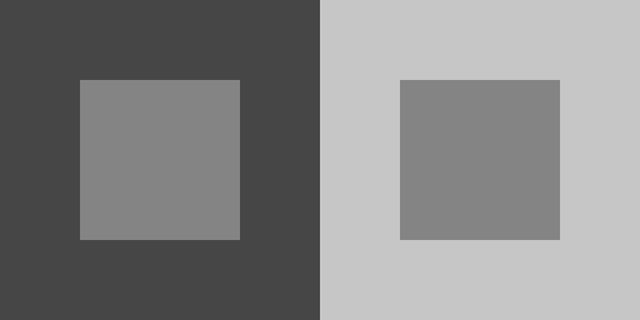- Thread starter
- #11
For now, I think the current profile is good enough for me.RogerB said:You say you've finally got the colour you want, and I hope that's true. Unfortunately my experience tells me that you probably haven't got it quite right. You will still find photos that don't look right in some way. Have you tried printing a B&W photo yet?
The real problem is that printer response tends to be non-linear, that is you need different colour adjustments for different tones in the image. Reddish shadows with greenish highlights can't be corrected by tweaking CMY values in the driver. That's why we have printer profiles. A custom profile is not that expensive these days and it would have avoided your wasted time and paper, and above all your frustration.
Good luck anyway - I hope your colours are good because there's a lot of satisfaction in making a nice print yourself. But if you're still not happy, get a custom profile.
There is no way my profile has the correct balance because I'm just using my eyes to judge, but I think it's acceptable for my daily need.
You're right when you say some photos still don't look right.
There is 1 particular photo that still gives me trouble even with my current setting (out of 10-12 photos I tested).
It's an old man standing behind a tree. The tree's brown color looks a little washed-out (compared to what I see in my LCD).
But the other 10 photos I printed look good & match quite well with my LCD.
So I just accepted the fact as is. I realize there is no way I can get perfect result.
BW photos is one of my main focus when I profiled this printer & paper.
I realize if grey is not grey, it means I messed up the balance too much.
Frankly I don't even know if my grey is perfect grey either, but at least it is grey enough for my eyes (instead of milky chocolate with other settings I tried).
With no adjustment, the inktec doesn't print grey correctly. It's always milky choco on Fuji , Canon paper, & other papers. I don't know why.
But now, after profiling, at least it prints grey color as I see it.
Here is the result after profiling.
http://imageshack.us/a/img42/797/inktecprofiledsmall.jpg
http://imageshack.us/a/img843/3453/inktecprofiled3small.jpg
NOTE: Btw, I just notice a problem with my scan.
It is in the 2nd pic where you see 3 women. In my scaned picture, you see the woman holding a cello wears a dark blue dress with ethnic pattern.
The real color is deep green. The chinese woman in the middle should wear a cyan dress (instead of blue in my scanned picture) , as you can see in the original image here :
http://s496.beta.photobucket.com/user/NetWain/media/Test/Calibration_Print_Adobe_RGB.jpg.html
The strange thing is, it only happens after scanning with Canoscan 4200F.
It seems to add magenta cast to the original picture during scanning.
I have resetted the settings in the scanner driver, but the result is the same.
My printed paper shows all the correct colors like you see in the original image.
Even in the BW baby photo, my printed photo shows actual grey color, but the scanned photo looks like a gray color with magenta cast.
Is it normal for a scanner to add magenta cast ?


